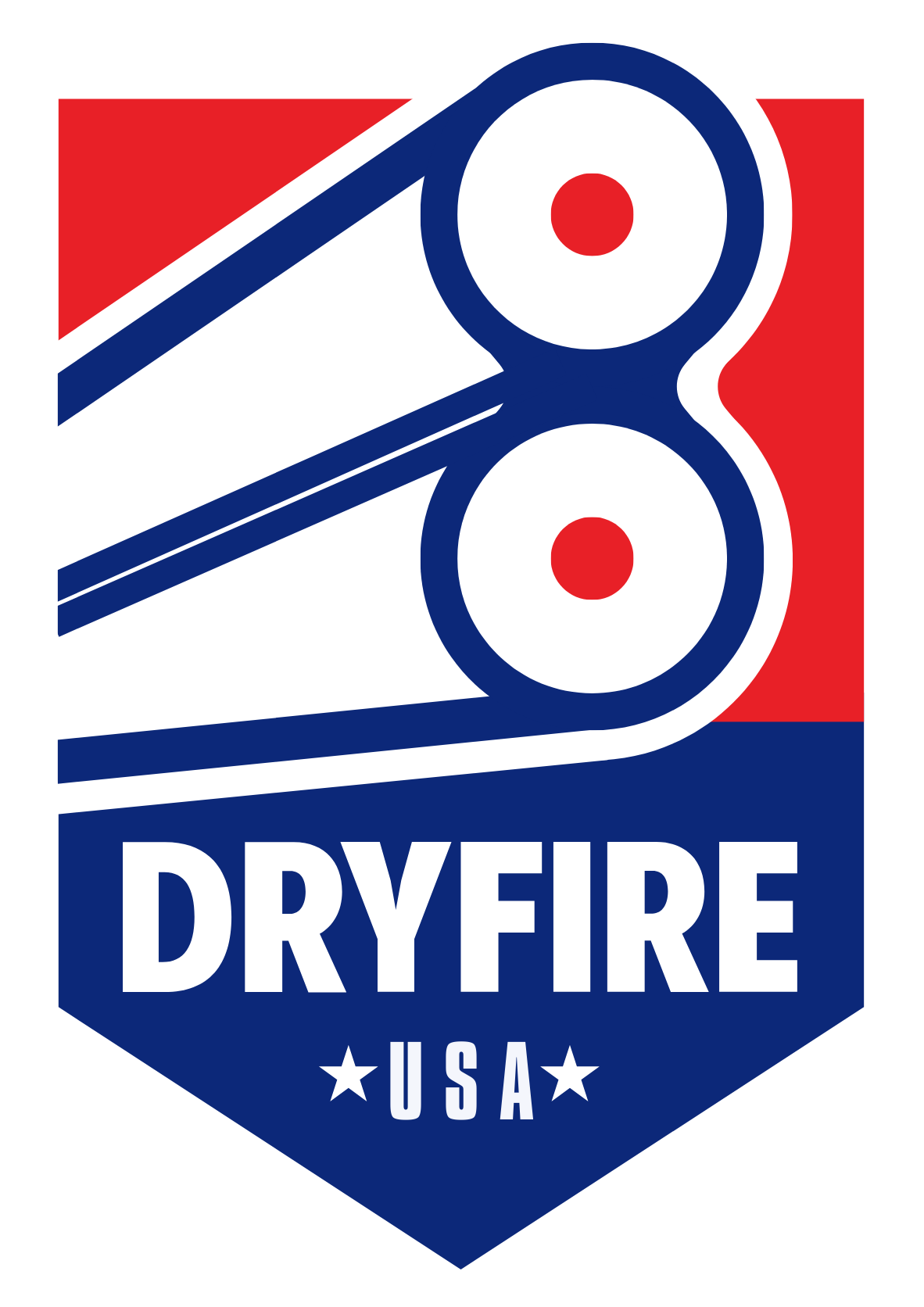Shooting Disciplines Supported
Train with a variety of shotgun and pistol programs.

English Skeet
Description text. Seven (7) stations, high and low singles on all stations, doubles on stations 1, 2, 4, 6 and 7. (CPSA Rule book No 9)
American Skeet
Eight stations. This discipline provides best results in the "Move around the room mode." Stations 2, 3, 4, 5, and 6 are laid out on the floor approximately 7 feet from the shooting wall. An eighteen-foot wide wall, with a background canvas, is the best set up. The shooter will physically move from station to station. Stations 1, 7, and 8 are shot from physical station 4. Five different layouts are used to give the shooter access to all the necessary targets (this includes Skeet Doubles). And specific practice sequences can be supplied upon request. (NSSA Official Rules and Regulations 2001)
Olympic Skeet
Eight stations. This discipline provides best results in the "Move around the room mode." Stations 2, 3, 4, 5, and 6 are laid out on the floor approximately 7 feet from the shooting wall. An eighteen-foot wide wall with a background canvas is the best set up. The shooter will physically move from station to station. Stations 1, 7, and 8 are shot from physical Station 4. Two different layouts are used to give the shooter access to a normal round and a final round. Random delay of 0-3 seconds between "Pull" and target release. And specific practice sequences can be supplied upon request. (ISSF Official Statutes, Rules and Regulations 2013 with Errata)

American Trap 16 Yard
Five stations are physically laid out on the floor and the shooter will move from station to station. The shooter can choose to locate Station 3 between 8 and 12 feet from the shooting wall. It is the shooters choice. With a 10 foot wide wall, the shooter can stand a maximum of 9 feet from the wall. With a 14 foot wide wall, the shooter can stand a maximum of 12 feet from the wall. The target distance defaults to 50 yards, the angle is 17.14 degrees left and right of center, and the intermediate point is set to a height 9 foot. Throwing distance, target angle, and target height are adjustable. (ATA Rule Book)
American Trap Handicap
Shoot your handicap targets on the same physical layout as your 16-yard targets, you don't move back. When you select a shooting distance between 18 and 27 yards, DryFire changes the target angles and heights to appear to you like you had moved back. Therefore, your room requirements never changes. The room that works for 16 yard Singles will also work for any handicap distance. Throwing distance, target angle, and target height are adjustable. (ATA Rule Book)
American Trap Doubles
You will need a dual head DryFire unit. Five stations are physically laid out on the floor and the shooter will move from station to station. The shooter can choose to locate Station 3 between 8 and 12 feet from the shooting wall. It is the shooters choice. With a 10 foot wide wall, the shooter can stand a maximum of 9 feet from the wall. With a 14 foot wide wall, the shooter can stand a maximum of 12 feet from the wall. The target distance defaults to 44 yards, the angle is 17.14 degrees left and right of center, with the intermediate point set to a height of 9 foot. Throwing distance, target angle, and target height are adjustable. (ATA Rule Book)
DTL
Down The Line. Set to throw targets 52 yards over a random angular spread of 44 degrees. Height set to 8 feet at 10 yards out from the trap. (CPSA Rule Book No 8)
ABT
Automatic Ball Trap. Set to throw targets 75m over a random angular spread of up to 45 degrees. Height at 10m from the trap set to vary from 1m to 4m. (CPSA Rule Book No 11)
Olympic Single Trap
Five stands, 15 traps in 5 groups of 3. Support for all nine of the official ISSF tables. This layout can be shot in either mode. "Target comes to shooter" or "Move around the room." (ISSF Official Statutes, Rules and Regulations with Errata)
Olympic Double Trap
Standard Olympic Double Trap (ISSF Official Statutes, Rules and Regulations with Errata)
Universal Trench
DryFire supports all 10 ISSF setting tables for Universal trench.
Sporting
Many, many sporting layouts are provided as part of the basic software package. They include crossers, driven, away, teal, rabbit, tower, etc. The target presentations include Singles, Simultaneous doubles, and On-report doubles. If the targets you want to practice aren't part of the basic software package, you can purchase a special Add-On program called the Course Designer, which will give you the ability to create any target you would like. With this tool, you could even design your own sporting course.
Compact
A set of sporting targets fitted within the relatively small space occupied by a skeet layout.
Starshoot
Starshoot was originally developed to give clay shooting "TV appeal". They consist of a framework built above a randomly oscillating trap and the faster you shoot (i.e. the closer you hit the clay to the trap) the higher your score. The DryFire Starshoot layout is hard - you have to move quickly and accurately to have any chance of a decent score.
Wobble Trap
Five stations are physically laid out on the floor and the shooter will move from station to station. The target distance defaults to 50 yards, the angle is 25.00 degrees left and right of center, and the intermediate point is set to a height of 9 feet. The amount of vertical variation is determined by the shooter. The default value for the minimum and maximum height is set to 4 feet and 14 feet. The range is from 2 to 20 feet. Throwing distance, target angle, and target heights are adjustable. The field layout replicates an ATA Trap field.
